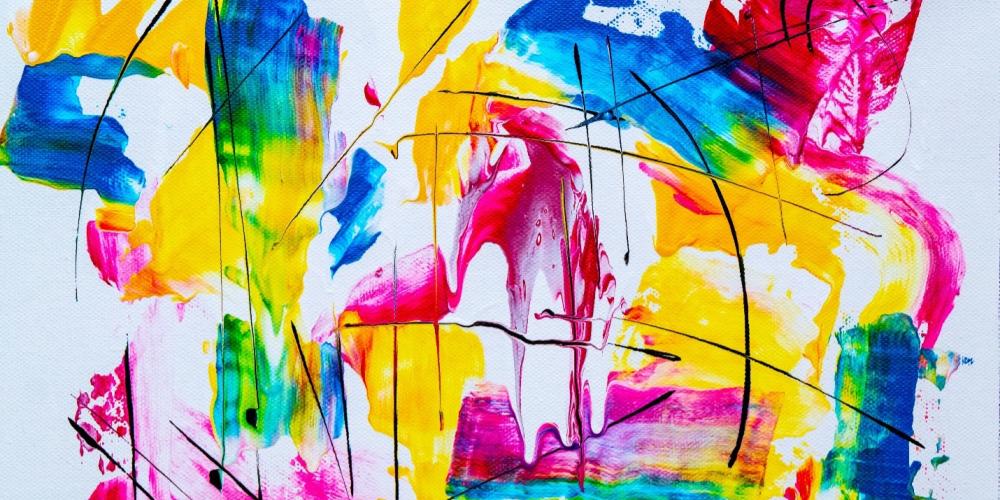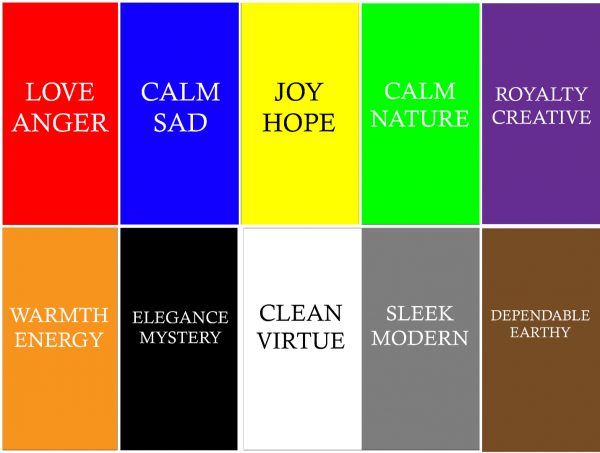The Importance of Understanding Colour Psychology in Marketing

Colour psychology is simultaneously very interesting and very nuanced. It's a key factor in marketing and can affect a company's entire image. A single colour could affect how an audience reacts to a brand, how people perceive it, and the number of purchases generated. While it may sound daunting, colour psychology is one of the first steps of brand building and can play an important role in any company's marketing strategy.

What is Colour Psychology?
Colour psychology is the notion that colours influence people's perceptions and behaviours. This can affect any aspect of daily life including fashion, art, and emotions. That being said, people experience colours differently due to cultures, experiences, and upbringings.
An example of this is the colour green. While it is typically associated with calmness, it can also be used to invoke the idea that a brand is environmentally friendly or sells mint-flavoured products, however, this doesn't apply to all cultures. Some countries associate green with political beliefs, while some cultures don't see it at all. For example, in Namibia, green is considered a variant of blue.

Photo by: Miguel Á. Padriñán via Pexels.com
Why it's Important
Certain colours and colour palettes can alter how someone views a brand. Typically, each industry has certain colours that are popular because they help to identify the goods or services a company offers. Yellow and red are used in fast food, orange is used in home improvement stores, and neutrals have recently been popular among trendy small businesses. While there are no "wrong" colours to use in branding, there is a correlation between the colours used and the message being projected through them.
When colours are arranged in a palette, the brand image can extend into other ideas, meanings, and emotions. Black and white can symbolize sophistication and elegance, while blue and white can represent security and trustworthiness.
Not only do these colours help identify the brand in the logo, but it helps when it comes to making ads. Using these colours in marketing assets, like emails and social media ads, helps to solidify the brand's message. If specific colour combinations are used, it makes the brand much easier to identify.

Photo by: Olya Kobruseva via Pexels.com
Colour Psychology and Branding
Picking colours simply because they look good isn't such a bad idea, but there should be some thought behind it as well. While an electronics brand may use the colour blue because it symbolizes strength and security, they could pair it with black or gray since they're considered sophisticated and sleek. Their competitors may use red since it's a bold colour and catches people's eye with yellow to show warmth and optimization. If they were to use a colour like purple or pink, it could set the wrong image or potentially confuse their target demographic if their name isn't obvious.
These colours are then used in branding; to not only influence the right people to purchase but to remind people of the brand itself. The yellow used in one logo may not be the same yellow used in another. Different shades and hues have different meanings as well. Colour combinations create certain messages that could be utilized to a brand's advantage.
Colours play an important part in brand building and should be considered when making a marketing strategy. When it comes to colour psychology, having a basic understanding of colour theory makes it easier to understand. If you would like help with branding or other services, feel free to contact us at [email protected].

